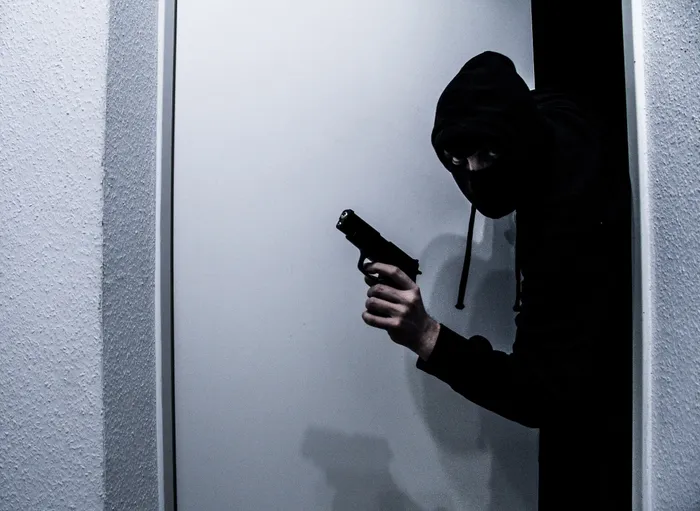Should your child know how to press the panic button?

Children should know where the panic buttons are in their home, and how to use them. Picture:d-keller/Pixabay
Shielding our children from the realities of crime and tragedy is always a concern for parents, but for their own safety, there are some things that they need to know.
The locations of panic buttons in your home and how to use them are among these.
Child safety should always be top of a parent’s priority list but, with the winter holidays in full swing – and many children staying at home while their parents work, extra care must be taken to keep them safe.
Even parents who do manage to take leave during the holidays will probably not be off the full month so, at some point, children may be home alone or with a nanny or babysitter. Even if parents are working from home, it is difficult to monitor what your children are doing every minute – as much as we may try.
When it comes to protecting our children’s physical and mental health from crime, however, how much should they know?
A few years ago, Durban mother Gail Hawthorne* was at home with her nine-year-old daughter when an intruder entered their property and was trying to get into the home. The pair immediately took cover but had not yet been able to press the panic button.
Due to their location and positioning Hawthorne’s daughter had to crawl across the room to press the button.
“I hated that she had to know how to do that. No child should need to know about these kinds of crimes or not feel safe in their home, let alone that they may need to press a panic button.”
Ultimately though, it was this action that scared off the intruder, alerted security, and ultimately kept the mother and daughter safe.
CAP Security, a community protection initiative in Johannesburg believes that, while teaching children how to work a security alarm system is a sensitive topic that parents may not want to discuss, it is important for children and all people living in your home to know what to do if they are faced with an emergency.
“In many of your homes, panic buttons are readily available and these need to be shown to every member of the household...Even small children should know when and why to press a panic button,” it states.
Charnel Hattingh, marketing and communications head at Fidelity ADT, agrees:
“If there is an alarm system, teach (your children) how to activate and de-activate it and how and when to use panic buttons.”
Teaching them to be aware of possible danger and knowing how to react is essential, but relaying this information needs to be done in an age-appropriate way. Children should not feel constantly on edge that they have to jump at every dog bark or noise outside, but must know enough to keep themselves safe.
For example, you can teach younger children that a panic button makes a loud noise that will scare any ‘bad people’ away and also calls security officers to come and make sure they are safe. This way, the focus is put on what the panic button does and why it is used instead of the criminal element.
You should show your children the location of all panic buttons in the house so that, if needed, they know where the closest one is. Make sure, however, that they know to press the button in for a few seconds until the alarm is sounded. If you have remote panic buttons, keep these in easily accessible places that your child knows so they can find it quickly.
Hattingh offers these additional crime safety tips for children at home during these holidays:
- Teach them to keep doors locked and not let anybody in through the gate without checking with their parents
- Show them where the list of emergency contacts is – including the 10111 number – and explain when and how to use it.
In addition to safety precautions, she says children should also know how to keep themselves safe online.
“If your kids have access to the internet and social media sites while you aren’t there, put some rules in place.”
Advice you should share with them includes:
- Never post any personal information online – like an address, email address, password, or mobile number
- Think carefully before posting messages, pictures, or videos of yourself. Once you’ve put a picture of yourself online most people can see it and may be able to download it, it’s not just yours anymore
- Keep your privacy settings as high as possible
- Don’t befriend people you don’t know
- Don’t meet up with people you’ve met online. Your child should always tell you if an online contact they have never met suggests they meet up. Remember that not everyone online is who they say they are
- If you see something online that makes you feel uncomfortable, unsafe, or worried, you should leave the website, turn off the computer, and tell someone immediately.